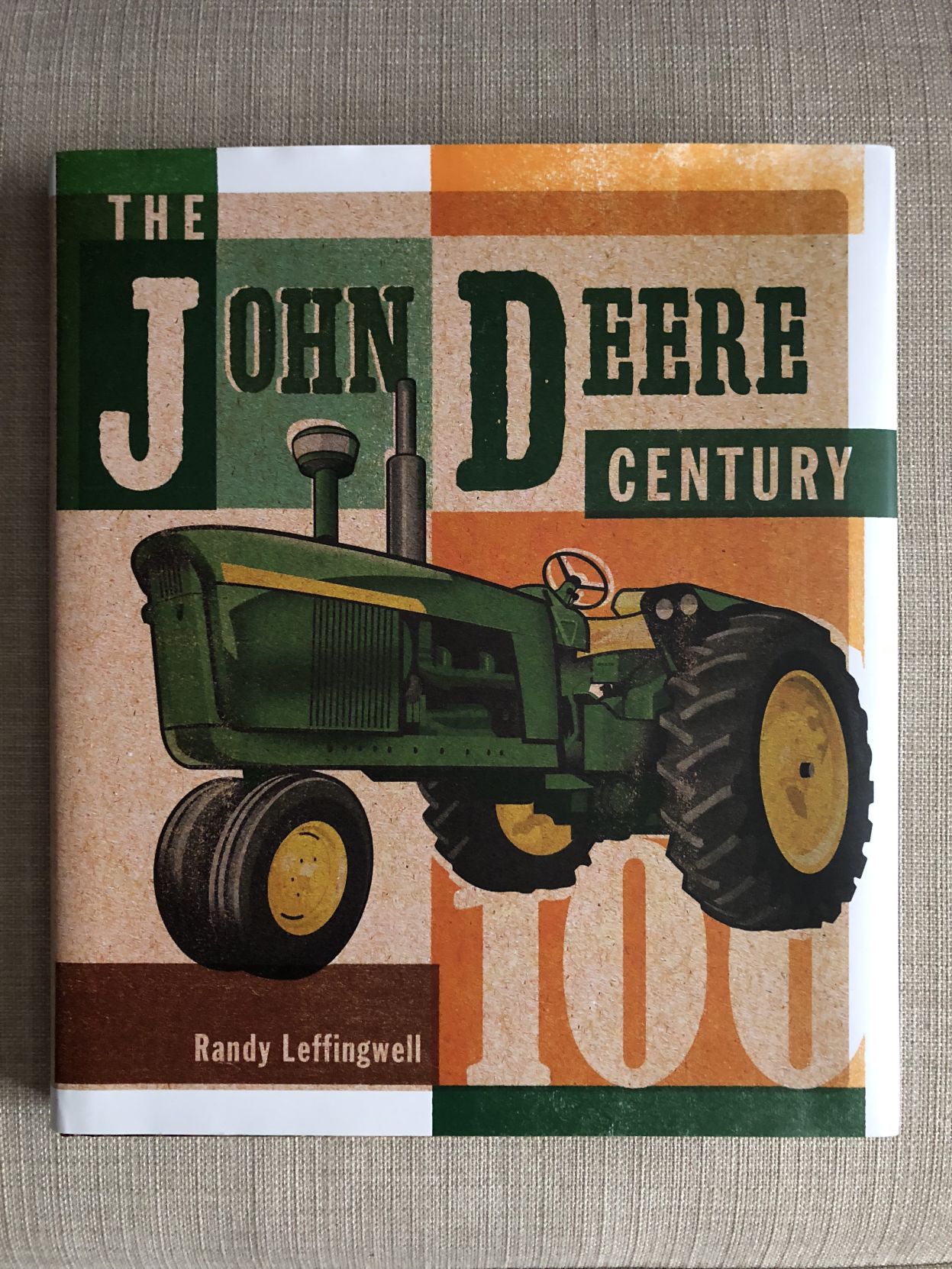It would have been fascinating to work at the John Deere plow company in 1912, when more than 50 manufacturers had already built motorized tractors, trying to boost speed and efficiency for the nation’s 6.3 million farmers.
The market for mechanized tractors was wide open, and at that time, John Deere was well behind the 8 ball.
Randy Leffingwell’s book, “The John Deere Century,” begins with the desire by Deere’s board of directors to create a tractor, correctly predicting the huge impact a dependable tractor would have on farms around the world. It’s doubtful that Deere’s board of directors could predict that 100 years later, its machines would set the pace for comfort, technology and market share, but that’s of little consequence in Leffingwell’s book, which smartly focuses on the fledgling years of Deere’s tractor business.
Most Deere fans assume that the first tractor manufactured by the company is the famous Waterloo Boy in 1914, the $850, 6,200-pound behemoth that churned out 25 horsepower. But Waterloo Boy was actually preceded by C.H. Melvin’s “three wheeled” test model in 1912 that lacked reliability and did not perform well in the field.
It’s nuggets like these that add interest to Leffingwell’s book. He writes that Deere lagged significantly behind its competitors for decades, in terms of price, reliability and technology. Henry Ford’s Fordson tractors in the late teens and early 1920s dominated the industry—especially when Ford dropped the Fordson price to $620 in 1921. That compares to International Harvester’s $1,000 and Deere’s $890 price tag, respectively. By mid-year, Ford dropped the price to $395 per unit. In 1921, Ford sold 35,000 Fordsons. By contrast, Deere sold just 79.
Deere enthusiasts will love these factoids, and the research that Leffingwell put into this book. Some of them will know all this and more, but are sure to learn a thing or two. To the average farm machinery fan, “The John Deere Century” will doubtless be interesting and entertaining.
Of course, Deere outlasted Henry Ford’s company, and dozens of others to become an industry leader. The author describes in great detail the development of earlier models with wheels and tracks; two-cylinder and four-cylinders; and gasoline and diesel fuels.
A highlight is the access Leffingwell gained to Deere documents. The pages are filled with full color photos of the company’s landmark tractors (many of which were taken by the author). But there are historic photos and drawings, too. To me, however, all these pale in comparison to the diary drawings of longtime Deere engineer Theo Brown. Dozens of these pages highlight the many ideas that Brown contributed to Deere tractors and implements. Brown joined Deere in 1911 and during his 60-year career, is credited with more than 150 patents. The diary pages are a treasure.
Not all is perfect in Leffingwell’s book. Oftentimes, a page describing a particular model does not have photos of the corresponding tractor, which can be confusing. And there is little coverage given from the period of Deere’s revolutionary New Generation models of the 1970s to today’s models. It almost seems as if he ran out of pages, energy or both.
These minor annoyances not withstanding, Leffingwell does the history of Deere credit with this fine book.
Bill Spiegel can be reached at [email protected].


